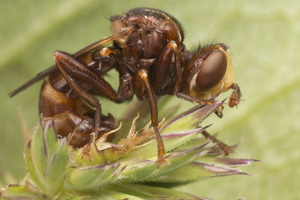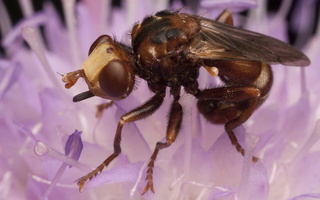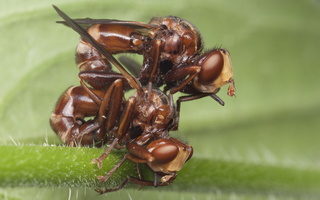- sort orderDefault
Photo title, A → Z
Photo title, Z → A
✔ Date created, new → old
Date created, old → new
Date posted, new → old
Date posted, old → new
Visits, high → low
Random - Google Map
- map
 home / Insecta · vabzdžiai / Diptera · dvisparniai / Conopidae · lenktapilvės musės / Sicus ferrugineus · lenktapilvė musė
home / Insecta · vabzdžiai / Diptera · dvisparniai / Conopidae · lenktapilvės musės / Sicus ferrugineus · lenktapilvė musė

-
 Sicus ferrugineus · lenktapilvė musė
Sicus ferrugineus · lenktapilvė musė
-
 Sicus ferrugineus · lenktapilvė musė
Sicus ferrugineus · lenktapilvė musė
-
 Sicus ferrugineus · lenktapilvė musė
Sicus ferrugineus · lenktapilvė musė
-
 Sicus ferrugineus · lenktapilvė musė
Sicus ferrugineus · lenktapilvė musė
-
 Sicus ferrugineus · lenktapilvė musė
Sicus ferrugineus · lenktapilvė musė
-
 Sicus ferrugineus · lenktapilvė musė
Sicus ferrugineus · lenktapilvė musė
-
 Sicus ferrugineus mating · lenktapilvės musės poruojasi
Sicus ferrugineus mating · lenktapilvės musės poruojasi
-
 Sicus ferrugineus mating · lenktapilvės musės poruojasi
Sicus ferrugineus mating · lenktapilvės musės poruojasi
-
 Sicus ferrugineus copula · lenktapilvės musės poruojasi
Sicus ferrugineus copula · lenktapilvės musės poruojasi
-
 Sicus ferrugineus mating · lenktapilvės musės poruojasi
Sicus ferrugineus mating · lenktapilvės musės poruojasi
-
 Sicus ferrugineus mating · lenktapilvės musės poruojasi
Sicus ferrugineus mating · lenktapilvės musės poruojasi
-
 Sicus ferrugineus · lenktapilvė musė
Sicus ferrugineus · lenktapilvė musė
-
 Sicus ferrugineus · lenktapilvė musė
Sicus ferrugineus · lenktapilvė musė
Sicus ferrugineus · lenktapilvė musė
- ferruginous bee-grabber
- Gemeine Breitstirnblasenkopffliege
- Roestbruine kromlijf
- ślipień trzmielowiec
- en.wikipedia.org/wiki/Sicus_ferrugineus
- flickr.com/photos/63075200@N07/albums/72157655938116144
- gbif.org/species/8078708
This species is common throughout much of Europe. These conopids mainly inhabit hedgerows and flower meadows. Adults can be encountered from May through September, feeding on nectar or pollen. Females pounce on worker bumblebees and inject an egg into the bee abdomen using the specialised ovipositor. Their larvae are endoparasites of bumble bees of the genus Bombus (B. lapidarius, B. terrestris , B. hortorum, B. pascuorum, etc). There are also records for Andrena and Dasypoda bees and Vespula wasps. They pupate and overwinter in their victims.
The adults 8–13 mm long. The body is mainly reddish-brown or yellow-brown. The head is yellow, quite large and inflated-looking, with a kind of bubble at the front and narrow cheeks. The short antennae are brown, their second segment has the same length or it is longer than the third. The large eyes are reddish. The legs and also the last abdomen segments are often darkened. The abdomen is long, round in cross-section, the seventh segment is oblong and conical. When in resting position the abdomen is usually folded forward. In the females theca is hardly distinguishable. The wings are transparent, but reddish-yellow colored at the base.